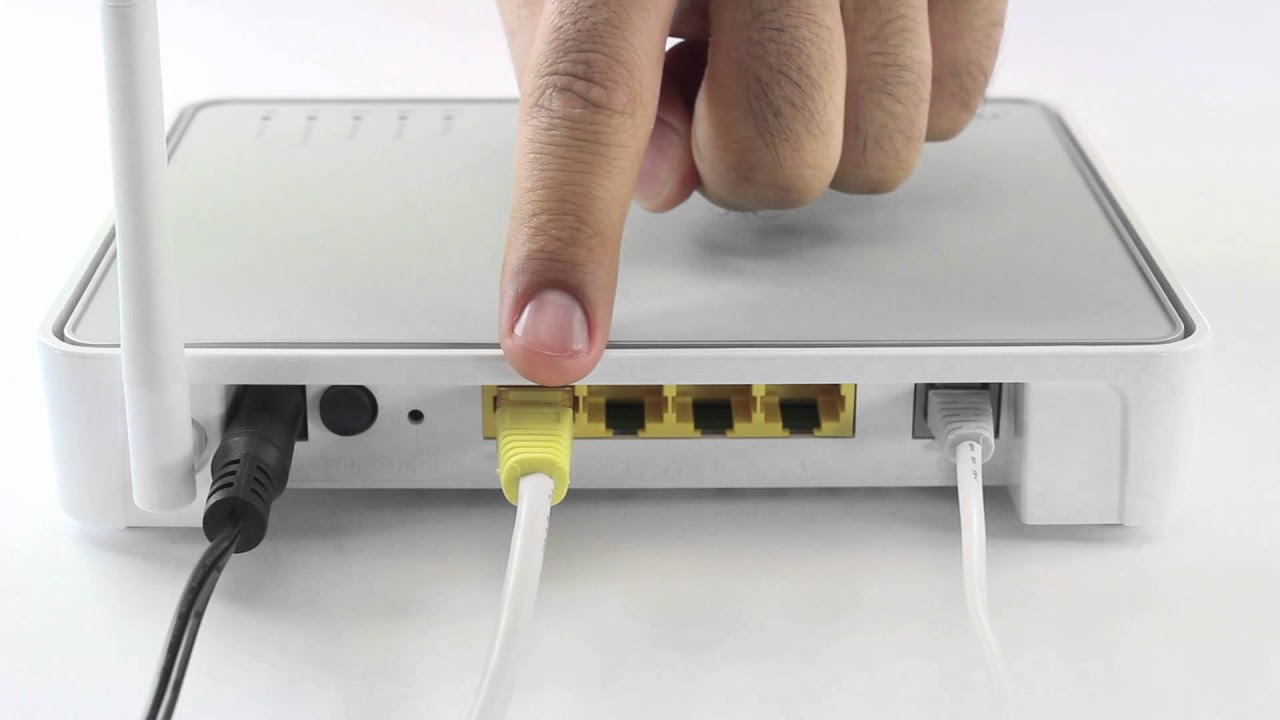Based on our initial testing of the Meltdown patch for Windows 10 today, we are taking a deeper look at it by testing a patched desktop environment addressing a notorious security flaw. Two of them are Meltdown and Specter, OS level patches and firmware updates, using more accurate motherboard BIOS updates.
If you read our previous article on the subject, it was found that the emergency Windows 10 patch is to address the meltdown vulnerability within 24 hours of release.
We did a fair test from the desktop user’s point of view and found that there was almost no impact on gaming performance and no impact on content creators.
However, there are some disturbing results for NVMe storage devices, which largely affect 4K read performance. Nevertheless, other technology media have drawn similar conclusions.
However, the Windows patch only fixes the meltdown, and you no longer have any doubt, familiar with another vulnerability called Specter.Since Spector is the result of a fundamental flaw in the CPU design, it cannot be fixed, at least.
A firmware update is required to resolve this issue.
This is still primarily a bug with Intel CPUs. The official term for AMD is that one of the two variable spectrums does not affect anything, whereas variables that are easily corrected by software updates should not be affected.
The “three” version, which is meltdown, does not apply to AMD at all. We have not been able to properly test the AMD CPU, but according to official data that we have so far, the “third” version.
Since the meltdown benchmark was released, we now have access to a BIOS update that provides microcode updates that will reduce the specter bug on Intel’s latest Z370 platform.
The update will make the behavior of Intel’s branch forecasts less invasive. This should mean less efficient branch prediction, and means fewer IPCs, as the execution pipeline waits to access memory more often.
Of course we will reach the benchmark in a moment. But before we do that, here are some additional notes. As written, the only motherboard manufacturer to release the update was Asus, and so far they have only mentioned their Z370 series motherboard.
To complete this test, we arrived at the door and bought an Asus TUF Z370-Plus Gaming.
Once we had it on hand, we compared the Core i3-8100 without Windows Update, then tested it a second time using a Windows patch, then a third with the latest Windows and BIOS updates. This includes updates to microcodes. We have also included the updated Core i7-8700K benchmark.
For verification, once you install Windows Update, you can install a PowerShell script called speculative control, which will allow you to check whether the update is implemented properly or not by running the command .
With Windows Update mentioning meltdown, here you should see that, all three requirements for meltdown, also known as cache loading, will be rogue data green and set to ‘true’:
With that small update, it is time to run a test starting with the Core i3-8100 results. Keep in mind that all results are based on an average of at least three runs.
First of all, we have the Core i3 Cinebench R15 results and very little variation here. Based on prior updates, we saw a drop in multithreaded scores of 2% and less than 1% for a single-threaded test, so this is intrinsically very good.
Now, this is a bit more interesting. Windows patches and BIOS updates are consistently 3% slower than previously tested configurations.
Note that less is better for this test because we are measuring the time it takes to render. So, it took us 9 seconds to update the BIOS, but as I said overall, the performance dropped slightly.
With this further progress, we find that the same is true for the Blender rendering test, the entire configuration took 58 seconds to complete the test.
Next we have 7-Zip and here we do not see a noticeable drop in performance when applying Windows and BIOS updates.






